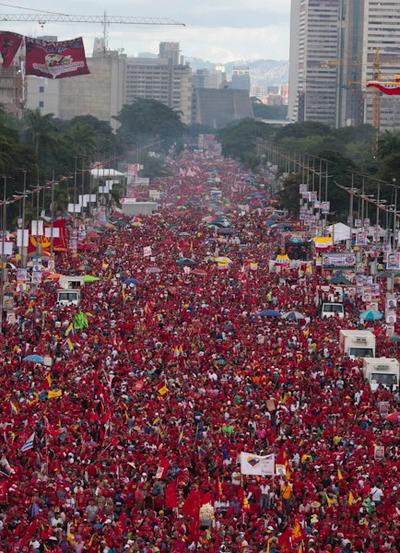I am pretty close to getting a bachelors degree in economics with a minor in political science. I also do a lot of economic research outside of class, just for fun. Socialsim presents many economic problems. The two biggest are the coordination problem and the incentive problem.
It is impossible for the central planners to coordinate the millions of individual decisions made by consumers, businesses, and resource suppliers. Say that we have a factory that produces tractors. The central planners have to establish a realistic annual production target, for example, 1000 tractors. They then had to make available all the necessary inputs - labor, machinery, electric power, steel, tires, glass, paint, transportation, etc. - for the production of those 1000 tractors. It is impossible for the central planners to do this, which your soviets learned. As their economy grew the coordination problem became to difficult to tackle. Products and production methods grew more sophisticated with the times, and the number of industries requiring planning increased. Planning techniques that worked for the simpler economy of the early USSR proved inadequate and inefficient for the larger global economy of the late 20th century. To cope, planners suppressed product variety, focusing on one or two products in each product category. How does this make anyone more free?
A lack of a reliable success indicator added to the coordination problem in the Soviet Union and China prior to their market reforms. In a market economy, profit is the success indicator. Profit depends on consumer demand, production efficiency, and product quality. In the command system the major success indicator was a quantitative production target that the central planners assigned. Production costs, product quality and product mix were secondary considerations. For example, managers and workers often sacrificed product quality and variety because they were being awarded bonuses for meeting quantitative, not qualitative, targets. If meeting production goals meant sloppy assembly work and little product variety, so be it. It was also very difficult for the central planners of the USSR to assign quantitative production targets without unintentionally producing distortions in output. If the plan called for a production target for producing nails in terms of weight, the enterprise made only large nails. But if it specified the target as quantity, the firm made all small nails, and lots of them. This is fact, this is what actually happened in the USSR.
The next major problem is the incentive problem. When central planners misjudged how many cars, shoes, shirts, and chickens were wanted at the government determined prices, persistent shortages and surpluses of those products arose. But as long as the managers who oversaw the production of those goods were rewarded for meeting their assigned production goals, they had no incentive to adjust production in response to the shortages and surpluses that hampered society and lagged economic growth. There were no fluctuations in prices and profitability to signal that more or less of certain products was desired. As a result, many products were unavailable or in short supply, while other products were overproduced and sat for months or years in warehouses. The command systems of the former Soviet Union and China before their market reforms also lacked entrepreneurship. Central planning did not trigger the profit motive, nor did it reward innovation and enterprise. What it did reward was the political hierarchy of the Communist Party.



















